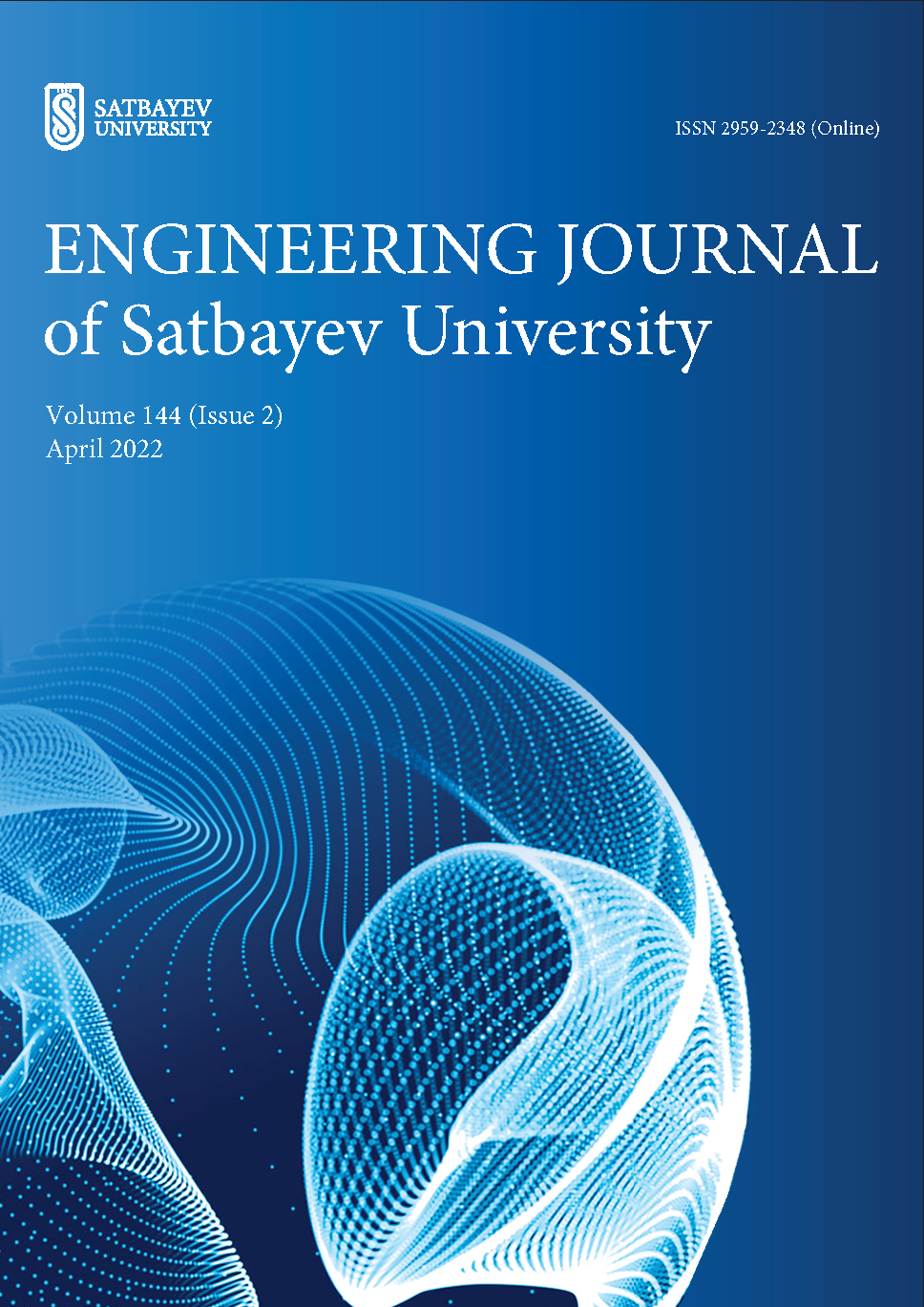Key aspects of the efficiency of the technology for cleaning waste gases of thermal power plants from SO2, NOx, CO2 and practical recommendations for its implementation
DOI:
https://doi.org/10.51301/ejsu.2022.i2.02Keywords:
waste gas, coal, regeneration, sulfur dioxide, chemical absorption, nitrogen oxide.Abstract
In this paper, based on the results obtained, a general assessment of the integrated waste gas treatment technology of the TPP was carried out in terms of its technological and environmental-economic efficiency. The principal possibility of implementing the technology of cleaning waste gases from SO2 and NOx in a continuous mode is shown. When using the developed technology, the sulfur distribution in the gases obtained after purification is ~ 5%, and the main part – 95% is captured by the carbonate melt of alkali metals (Na, K, Li). Extraction of NOx into the melt is ~60%. Thus, already at the stage of chemical absorption of waste gases, favorable prerequisites are created for deep purification of gases from sulfur and toxic nitrogen compounds. An assessment of the economic efficiency of using the developed technology for burning coals with and without a high sulfur content has been carried out. A comparative analysis of the results of the cost of coal without sulfur with the cost of coal with a high sulfur content showed a significant economic effect, formed due to the difference in the cost of coal without sulfur and high sulfur content. Recommendations have been issued in relation to the conditions of small boiler plants operating on coal combustion, which will optimize the organization of the technology and use it in continuous operation.
Downloads
Published
How to Cite
Issue
Section
License
Copyright (c) 2022 Engineering Journal of Satbayev University

This work is licensed under a Creative Commons Attribution-NonCommercial-NoDerivatives 4.0 International License.
<div class="pkpfooter-son">
<a rel="license" href="http://creativecommons.org/licenses/by-nc/4.0/"><img alt="Creative Commons License" style="border-width:0" src="https://i.creativecommons.org/l/by-nc/4.0/80x15.png"></a><br>This work is licensed under a <a rel="license" href="http://creativecommons.org/licenses/by-nc/4.0/">Creative Commons Attribution-NonCommercial 4.0 International License</a>.
</div>





